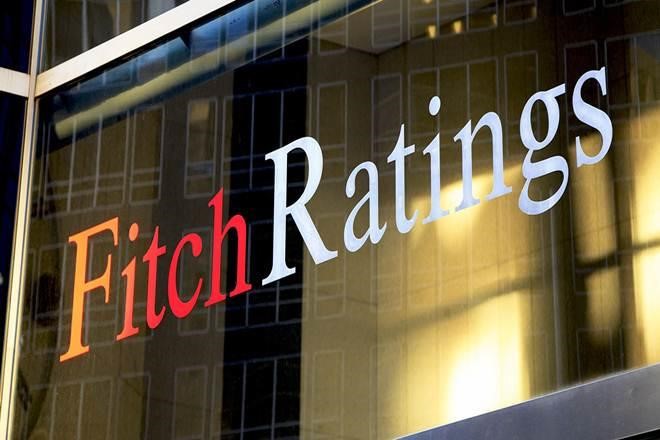- Fitch rating agencies downgraded the copper producer to ’B-‘ (-ve) outlook citing budget credibility concerns
- Further latitude for downgrades exists between the ‘B-‘ (S&P/Fitch) and Caa1 (Moody’s) corridor if MOF does not act swiftly
Credit rating agency Fitch, on 11 October, announced a long term issuer rating (LTR) downgrade for Zambia to ‘B-‘ (negative outlook). The rating agency cited the inconsistent fiscal deficit targets that the copper producer has revised a number of times. Fitch stated that revision of fiscal deficit then questions budget credibility and adherence to the medium term expenditure framework. Zambia’s MTEF target by 2021 was initially 5.1% but the copper producer recently revised its target upwards to 7.4% from an initial target of below 7%. Other factors mentioned in the assessment are a rising debt stock to USD9.37-billion from USD8.7-billion attributed to additional disbursements on infrastructure in the period.
The rating agency cited stability in copper prices at current levels and also that debt to GDP ratio for the copper producer could rise to 69% from the current 60%.
“The rating is merely a realignment to Standards and Poor’s – S&Ps ‘B-‘ announced a few months ago but slightly higher than Moody’s ‘Caa1’ (stable outlook),” the Economics Association of Zambia said in an interview with Diamond TV. This rating will increase the states borrowing costs in the international capital markets evidenced by widened spreads on its dollar bonds of over 1345 bps, the Association said through its National Secretary. We would urge the Ministry of Finance to expedite its announced austerity measures to restore the nation to fiscal fitness because that’s what the investor wants to see, rather than mere pronouncements, the Association cited.
Further latitude for downgrade for Zambia if MOF doesn’t implement austerity
The MOF runs the risk of further downgrade from the international rating agencies (Fitch/Moody’s/S&P) to all realign. Currently Moody’s rating for the sovereign is Caa1, a notch lower that both Standards and Poor’s (S&P) and Fitch at ‘B -’ (-ve outlook). There’s need for the Ministry of Finance to act on the key austerity benchmarks that the state committed to.
Key of which are:
A debt redemption strategy that will spell how the copper producer will amortize the Eurobond. Permanent secretary economic Management, Mukuli Chikuba shared a 3 pronged approach during a debt discussion organised by the Economics Association of Zambia in Lusaka on 16 Aug. He said the state would set up a sinking fund with a USD20million deposit and would accumulate savings towards debt service with the fund, secondly the MOF would explore the refinance option and thirdly the state would consider a debt buyback program with proceeds of the sinking fund. In the mid-year performance of the nation, Finance Minister Margaret Mwanakatwe committed to tabling the redemption strategy before cabinet and that a financial advisor would be appointed to help advise on the best way forward.
The domestic arrears number position (K14.7billion as at 30 Sept.) will be very key in gauging the effectiveness of the debt dismantling program that the BOZ has embarked on. Detailed fiscal performance data such as external (USD9.51billion) and domestic debt levels (K54.6billion) are very key for eurobond holders.
Other areas are those highlighted by the rating agencies concerning debt sustainability, and budget credibility in line with the medium term expenditure framework/ the seventh national development plan (SNDP).
It is clear that off-shores and co-operating partners are looking for more than outright pronouncements but seek tangible demonstration of execution of the austerity targets to improve their sentiment of the Southern African nation.
As at 15.45pm in Lusaka on 09 Nov. credit spreads on Zambia’s 2022 and 2024 were 1,245 bps and 1,304 bps respectively sending yields to record high levels of above 16.55% exceeding Mozambique with a record of default.

